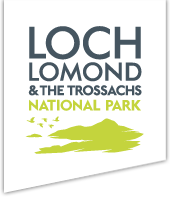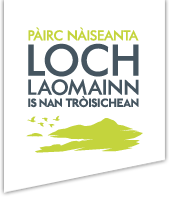
Citizen science
Citizen Science is the involvement of the general public in the collection of data which helps to provide information about our natural world.
By becoming a citizen scientist, not only can you play a part in contributing to real life science and species monitoring, but it is also a fantastic way to spend time in your local environment and really connect with the nature around you.
There are lots of ways to get involved, from downloading an App like iRecord or iNaturalist to record what you see, to taking part in an annual survey, like RSPB’s Big Garden Birdwatch.
We would love you to get involved and play a part in helping us find out more about nature in the National Park, so we have collated this list of citizen science opportunities for you to enjoy when visiting. Anybody can become a Citizen Scientist!
Spring
Nature’s Calendar
Join Woodland Trust’s Nature’s Calendar and help track the effects of weather and climate change on wildlife near you. With a handy guide to identify which trees, shrubs, flowers, grasses, fungi, insects, birds and amphibians you can record, your contribution will add to a long biological record that dates back as far as 1736.
Rainfall Observers
SEPA is looking for volunteer rainfall observers to collect data daily and submit the information online. There are currently 134 rainfall observers across Scotland who play an important part in collecting this valuable data. The data is used to manage Scotland’s water resource, planning sustainable economic development, climate research and developing measures for flood management.
Look Wild
Join Look Wild, the biggest citizen science project that National Parks have ever undertaken.
Look Wild uses a free nature identification app that will name plants and animals for you and contribute to a huge National Park-led citizen science project at the same time. It’s free to learn about the natural world around you and do your bit to protect it at the same time.


